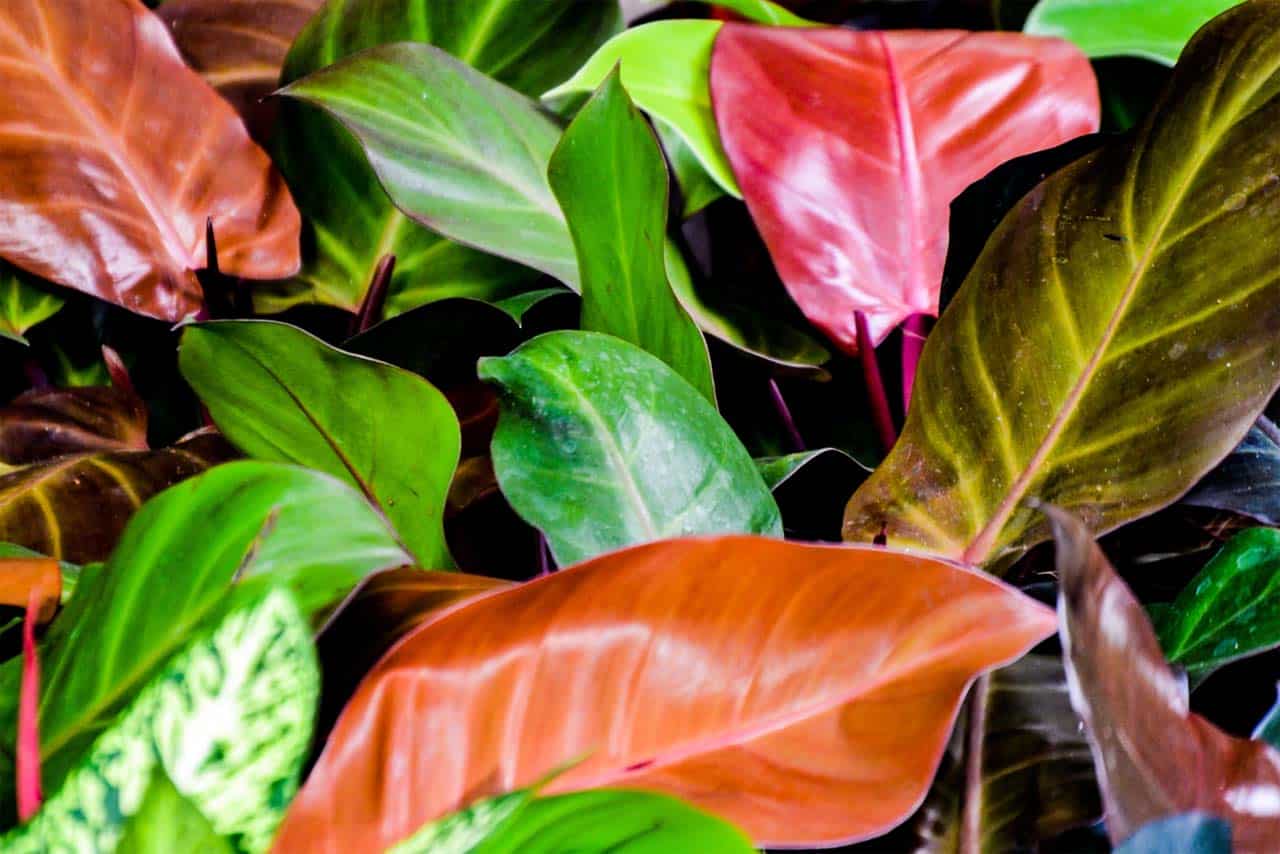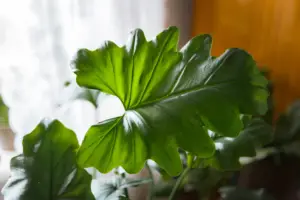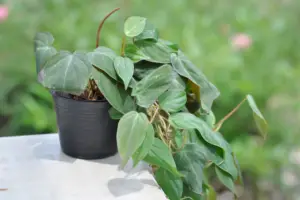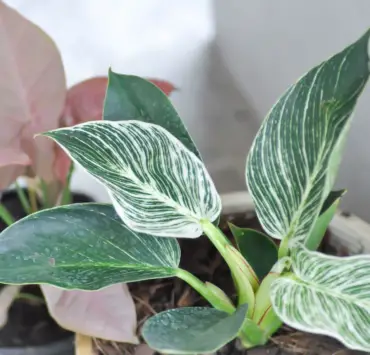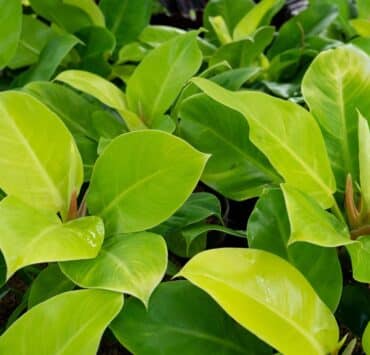Philodendron Prince of Orange is a stunning tropical houseplant known for its beautiful bright orange leaves.
Native to South America, this plant is a popular choice for indoor gardeners looking to add a pop of color to their collection.
If you’re thinking about adding a Philodendron Prince of Orange to your plant collection, here’s what you need to know about growing and caring for it.
Light Requirements
Philodendron Prince of Orange thrives in bright, indirect sunlight. Direct sunlight can cause the leaves to burn and fade in color. Place your plant near a window that receives filtered light, or use a sheer curtain to diffuse the light.
Watering
Like most houseplants, Philodendron Prince of Orange requires regular watering. However, it’s important not to overwater the plant. Allow the top layer of soil to dry out before watering again. Water the plant deeply and allow the excess water to drain away from the pot. Overwatering can lead to root rot and other problems, so be sure not to water too frequently.
Humidity
Philodendron Prince of Orange thrives in high humidity. If the air in your home is dry, you may need to increase the humidity around your plant. You can do this by misting the leaves with water, placing a tray of water near the plant, or using a humidifier.
Soil
Philodendron Prince of Orange prefers well-draining soil that is rich in organic matter. You can use a potting mix that is specifically designed for tropical plants, or you can create your own by mixing peat moss, perlite, and vermiculite in equal parts.
Fertilizer:
Philodendron Prince of Orange benefits from regular fertilization. Use a balanced fertilizer every two weeks during the growing season (spring and summer). You can also use a slow-release fertilizer to provide your plant with nutrients over a longer period.
Propagation
Philodendron Prince of Orange is easy to propagate. You can take stem cuttings from the plant and place them in water until roots develop, or you can plant them directly in soil. Be sure to keep the soil moist and warm until the new plant begins to grow.
Pests
Philodendron Prince of Orange is generally a hardy plant, but it can be susceptible to pests like spider mites and mealybugs. If you notice any signs of infestation, such as small webs or white cotton-like clusters on the leaves, you should treat your plant with an insecticide or a mixture of water and soap.
Philodendron Prince of Orange is a beautiful and easy-to-care-for houseplant that can add a pop of color to any indoor space. With the right light, water, soil, and fertilizer, you can help your plant thrive and grow into a healthy and vibrant addition to your home.
FAQ
Is Philodendron Prince of Orange rare?
Philodendron Prince of Orange is not considered a rare plant, but it can be difficult to find in some areas or during certain times of the year. It is a popular plant among houseplant enthusiasts, and it is often sold out or in high demand.
How do you take care of a Prince of Orange philodendron?
To take care of a Philodendron Prince of Orange, it’s important to provide it with bright, indirect sunlight, well-draining soil, regular watering, and high humidity. You should also fertilize the plant every two weeks during the growing season, propagate it when necessary, and keep an eye out for pests.
Is Philodendron Prince of Orange easy?
Philodendron Prince of Orange is generally considered an easy plant to care for, as long as you provide it with the right growing conditions. It is a hardy plant that can tolerate a range of environments, and it is fairly low maintenance.
Does Prince of Orange grow fast?
Philodendron Prince of Orange is a moderate grower and can grow up to 1-2 feet tall indoors, depending on the growing conditions. It may grow faster in warmer, more humid environments.
Does Prince of Orange like to be root bound?
Philodendron Prince of Orange does not like to be severely root bound, but it can tolerate being slightly root bound. It’s best to repot the plant every 1-2 years to ensure that it has enough room to grow and access fresh soil.
Should I mist my Prince of Orange plant?
Philodendron Prince of Orange benefits from high humidity, but misting the leaves is not the most effective way to increase humidity. Instead, you can place a tray of water near the plant or use a humidifier to create a more humid environment.
Does Prince of Orange climb?
Philodendron Prince of Orange is a climbing plant and will naturally grow towards a support structure if one is available. You can train it to climb a trellis or moss pole if you want it to grow vertically.
Why is my Prince of Orange dying?
There are several reasons why a Philodendron Prince of Orange may be dying, including overwatering, underwatering, lack of humidity, pests, or disease. You should examine the plant and its growing conditions to determine the cause and take appropriate action to address the issue.
What is the rarest philodendron?
The rarest philodendron is subjective and can vary depending on location and availability. Some rare philodendrons include Philodendron spiritus sancti, Philodendron squamiferum, and Philodendron pink princess.
How big do Prince of Orange get?
Philodendron Prince of Orange can grow up to 1-2 feet tall indoors, depending on the growing conditions. It may produce larger leaves if it is grown in a warmer, more humid environment.
What kind of soil does Prince of Orange like?
Philodendron Prince of Orange prefers well-draining soil that is rich in organic matter. You can use a potting mix that is specifically designed for tropical plants, or you can create your own by mixing peat moss, perlite, and vermiculite in equal parts.
How often do you fertilize Prince of Orange?
You should fertilize Philodendron Prince of Orange every two weeks during the growing season (spring and summer) with a balanced fertilizer. You can also use a slow-release fertilizer to provide the plant with nutrients over a longer period.
